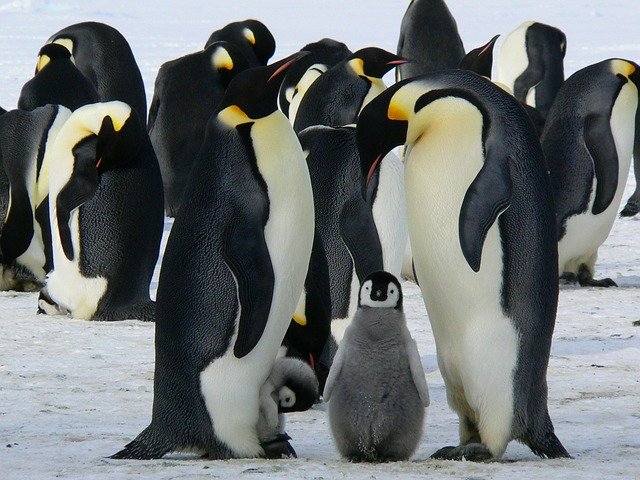By Tim Lambert
The Early Explorers of Antarctica
Although it is now a frozen wilderness Antarctica was once much further north and it had a tropical or semi-tropical climate. Forests grew there and life flourished.
The Ancient Greeks realized there might be a great continent in the southern hemisphere. Aristotle argued that since the world is round there must be a landmass in the southern hemisphere to balance the land in the northern hemisphere. However, the Greeks and later peoples had no way of proving it.
It was not until the 18th century that Europeans had the navigation skills to explore the Antarctic region. In 1772-75 Captain Cook was sent on an expedition to the Southern Hemisphere. On 17 January 1773 Cook became the first person to cross the Antarctic circle. He crossed it 3 times but failed to find land.
The first man to see the continent of Antarctica was an Estonian named Fabian von Bellinngsingshausen on 27 January 1820. Edward Bransfield was the second person to see Antarctica on 30 January 1820. Then on 6 December 1821, George Powell and Nathaniel Palmer discovered the South Orkney Islands.
Furthermore, in 1823 a Scot named James Weddell explored the Weddell Sea. Further exploration of Antarctica was carried out by an American named Charles Wilkes in 1838-39, the Frenchman Dumont d’Urville in 1837-40, and the Scot James Ross in 1839-41. The latter discovered the Ross Sea and Ross Ice Shelf.
Decades passed and the world showed little interest in Antarctica. Then in 1892-94, a Norwegian called Carl Larson sailed to the southern continent. He discovered fossil wood, the first indication that the climate of Antarctica had once been much warmer. In 1895 another Norwegian, Henrik Bull discovered lichens growing on the Possession Islands, the first time plants had been found growing south of the Antarctic Circle.
Then in 1897-98, a Belgian named Adrien de Gerlache led another expedition to the Antarctic. In 1899-1900 a Norwegian named Carsten Borchgrevink led a group of men who spent the winter on the continent of Antarctica. They proved that it was possible to survive even the extremely harsh Antarctic winter. They were also the first people to take dogs to Antarctica.
Modern Explorers of Antarctica
In 1901-03 a German expedition to Antarctica was led by Erich von Drygalski. Also in 1901-1903, a Swedish expedition was led by Nils Nordenskjold. Meanwhile, in 1901-02 a British expedition to Antarctica was led by Robert Falcon Scott. Another expedition was led by a Scot named William Bruce in 1902-1904. Finally, in 1908 Ernest Shackleton led another British expedition to Antarctica.
The first man to reach the South Pole was a Norwegian named Roald Amundsen (1872-1928). Amundsen set out in a ship called the Fram in June 1910 The expedition reached Antarctica in January 1911. They were equipped with skis and dogs for pulling sleds. They spent the winter in their base and on 20 October 1911 Roald Amundsen and 4 other men, Olav Bjaaland, Helmer Hanssen, Sverre Hassel, and Oscar Wisting set out for the South Pole. They reached it on 14 December 1911. They returned to their base on 25 January 1912.
However, Amundsen’s achievement was overshadowed by the tragic deaths of Robert Scott and his expedition. Scott arrived in Antarctica in January 1911 and he set out for the South Pole in October. They reached it on 17 January 1912 only to find they had been beaten by Amundsen. The expedition failed to make it back to base and Scott made his last entry in his diary on 29 March 1912.
The first man to fly a plane in Antarctica was an Australian called George Wilkins in November 1928. However, on 29 November 1929, an American called Richard Byrd flew over the South Pole. In 1935 Caroline Mikkelsen became the first woman to land on Antarctica.
The British were the first people to establish a permanent base in Antarctica in 1944 for military reasons. The Australians established a scientific base in 1954. Today many nations maintain bases in Antarctica. In 1958 Edmund Hilary reached the South Pole. He was the first man to reach it since Captain Scott in 1912. Also in 1958, a team led by Vivian Fuchs became the first men to cross Antarctica overland.
The Antarctic Treaty was drawn up in 1959 and it came into force in 1961. It seeks to conserve Antarctica and it is regularly revised.

Last Revised 2024